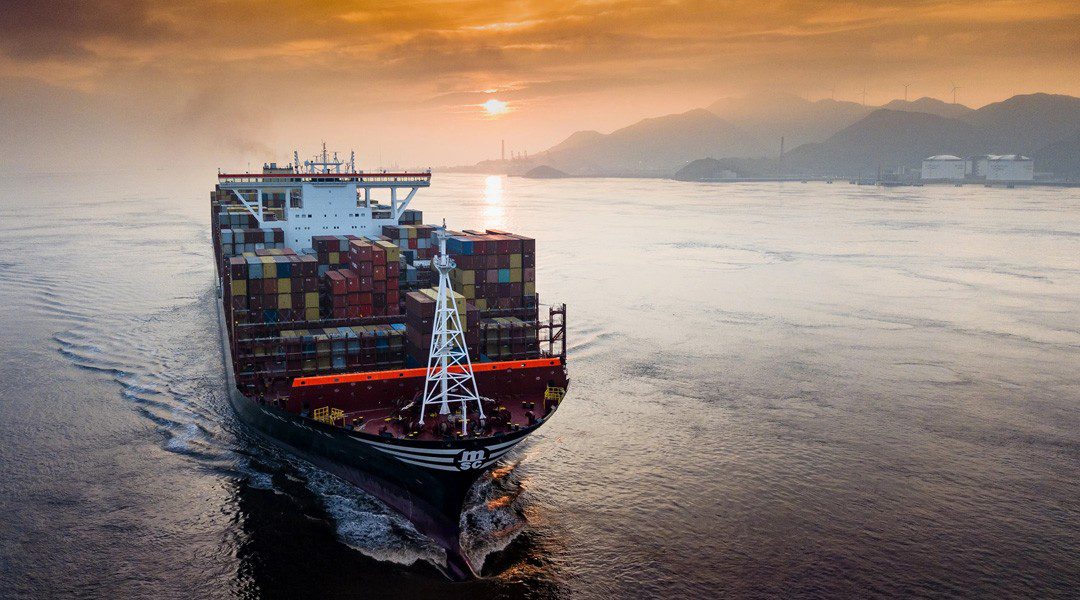Recently, the newly invested and constructed intelligent production line for hull processing at Wuhu Shipyard has been officially put into operation.
This automated production line, which runs through the entire process of “/plasma cutting – pre-panel assembly – /back welding – automatic marking and longitudinal bone hoisting – longitudinal bone installation and welding – manual repair and grinding”, will reshape the workshop production mode with digitalization and intelligence. It will promote leapfrog improvements in the three core indicators of production capacity, cost and quality, injecting strong impetus into the high-quality development of the company.
As the core engine for the transformation and upgrading of the workshop, the intelligent production line is precisely targeted at the 2025 production goals. After being put into operation, it can increase the monthly output of flat plates to 253 pieces (with flat sections accounting for 40%), which is more than a 25% increase compared to the original monthly production capacity (about 200 pieces). By introducing a dual-shift operation mode for robots (with a maximum monthly output of 260 pieces) and cooperating with the intelligent roller conveyor system, the production line realizes continuous operation where “workers rotate but machines keep running”, greatly shortening the order delivery cycle.
The production line integrates intelligent workstations and a digital management platform, establishing a full-process closed-loop system for quality data. Robots automatically perform core processes such as cutting, welding, and marking, with only end-stage repair and grinding retaining manual intervention. The flatness of plates is controlled within ≤2mm, and significant improvements have been achieved in welding deformation precision and surface forming quality, resulting in a substantial reduction in the rate of quality-related rework and scrap, and a decrease in quality costs by more than 5%. Real-time collected processing data and quality parameters form an intelligent management and control model featuring “traceable standards and predictable issues,” providing customers with more precise quality assurance.
Driven by the dual engines of “automation replacement + technological innovation”, the production line has achieved full-chain cost optimization: By restructuring the human resource allocation, the number of workers per shift has been streamlined from 35 to 20, resulting in an annual labor cost saving of 3 million yuan for two shifts (calculated at an average annual cost of 100,000 yuan per person). The laser tracking welding technology (with a precision of ±0.15mm) has reduced welding material consumption by 23%. The mechanical flattening process replaces the traditional pyrotechnic flattening process, saving 260,000 yuan in acetylene gas costs annually. At the same time, the reduction in welding heat input by 23% has led to a year-on-year decrease in monthly electricity consumption, achieving a deep integration of green manufacturing and cost control.
The production line’s CNC system supports rapid adjustment of processing parameters. When switching to hull components of different specifications (such as plates of different sizes, longitudinal bones with different spacings), it is only necessary to modify the program parameters without making extensive adjustments to the equipment’s mechanical structure.
Compared with traditional manual production lines, it is easier to adapt to the production needs of multiple varieties and small batches, enhancing the shipyard’s ability to respond to changes in orders.
Currently, the production in the processing workshop has shifted from “segmented and discrete” to “continuous and intelligent”, with the efficiency of process connection improved by over 30%. Meanwhile, the ongoing digital skill training for employees is driving the transformation of the operation team towards the role of “intelligent operation and maintenance”. The value of human resources is released from repetitive labor, focusing on core links such as equipment monitoring and data interpretation. In addition, the application of technologies like mechanical leveling and energy-saving welding has reduced the annual acetylene consumption by more than 18 tons and improved electricity efficiency by 23%, contributing to the workshop’s progress towards low-carbon manufacturing.





